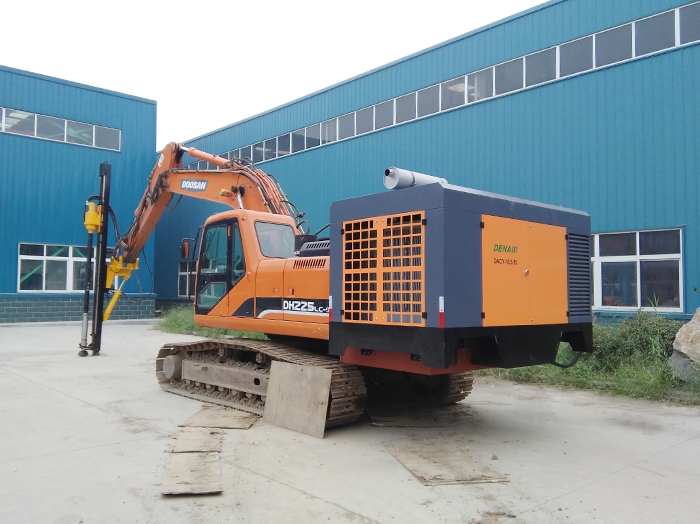Environmental protection innovation of air purification transformation
With the acceleration of industrialization and the deepening of urbanization, the problem of air pollution has become increasingly serious, which has become one of the major environmental problems of global concern. Air pollution not only affects people's health, but also causes great damage to the ecosystem. Faced with this challenge, governments, enterprises and scientific research institutions have taken measures to seek effective solutions. In recent years, the transformation and innovation of air purification technology has provided new hope for dealing with air pollution and become a clear stream in the field of environmental protection.
First, the limitations of traditional air purification methods
Traditional air purification methods mainly include physical filtration and chemical absorption. These methods can improve the air quality to a certain extent, but there are some problems such as high energy consumption and high maintenance cost, especially in dealing with large-scale or heavily polluted areas. In addition, some purification equipment may produce secondary pollution, such as harmful by-products released during some chemical reactions.
Second, emerging air purification technologies and their advantages
 1. Photocatalytic oxidation technology: light with a specific wavelength is used to activate the surface of the catalyst for oxidation-reduction reaction, which decomposes pollutants in the air. This technology has the characteristics of high efficiency, safety and harmless treatment, and is especially suitable for air purification in small indoor spaces.
1. Photocatalytic oxidation technology: light with a specific wavelength is used to activate the surface of the catalyst for oxidation-reduction reaction, which decomposes pollutants in the air. This technology has the characteristics of high efficiency, safety and harmless treatment, and is especially suitable for air purification in small indoor spaces.
2. Negative ion generator: A large number of negative oxygen ions are generated to neutralize the positively charged dust particles in the air and make them settle down, thus achieving the effect of cleaning the air. This method is easy to operate, low in energy consumption and suitable for home use.
3. Biological filtration method: microorganisms are used as purifying agents to convert organic matter into carbon dioxide and water. This method is green and environment-friendly, especially suitable for treating the situation that industrial waste gas contains organic substances.
4. Intelligent control system: Combining Internet of Things technology and big data analysis, real-time monitoring and automatic adjustment of air quality can be realized, which improves purification efficiency and reduces energy consumption.
Third, the importance of promoting the innovation and development of air purification technology
1. Improve public health: Good air quality is one of the basic needs of human survival, and advanced air purification technology helps to reduce the incidence of respiratory diseases and improve people's quality of life.
2. Promote the realization of sustainable development goals: by reducing the dependence on fossil fuels and reducing greenhouse gas emissions, the development of air purification technology is of great significance for mitigating climate change and protecting the ecological environment.
3. Stimulate new impetus for economic growth: with the enhancement of environmental awareness and technological progress, air purification and related industries will usher in broad development prospects, create more employment opportunities and drive the overall upgrading of related industrial chains.
In a word, the transformation and upgrading of air purification technology is not only the key way to solve the current environmental pollution problem, but also the inevitable choice to promote the green development of economy and society. In the future, with the support of government policies and the help of scientific and technological innovation, we have reason to believe that a cleaner and healthier earth home is just around the corner.
 Comprehensive upgrading of sew
Comprehensive upgrading of sew
 There are few environmental pr
There are few environmental pr
 Environmental protection behav
Environmental protection behav
 Environmental protection chart
Environmental protection chart


